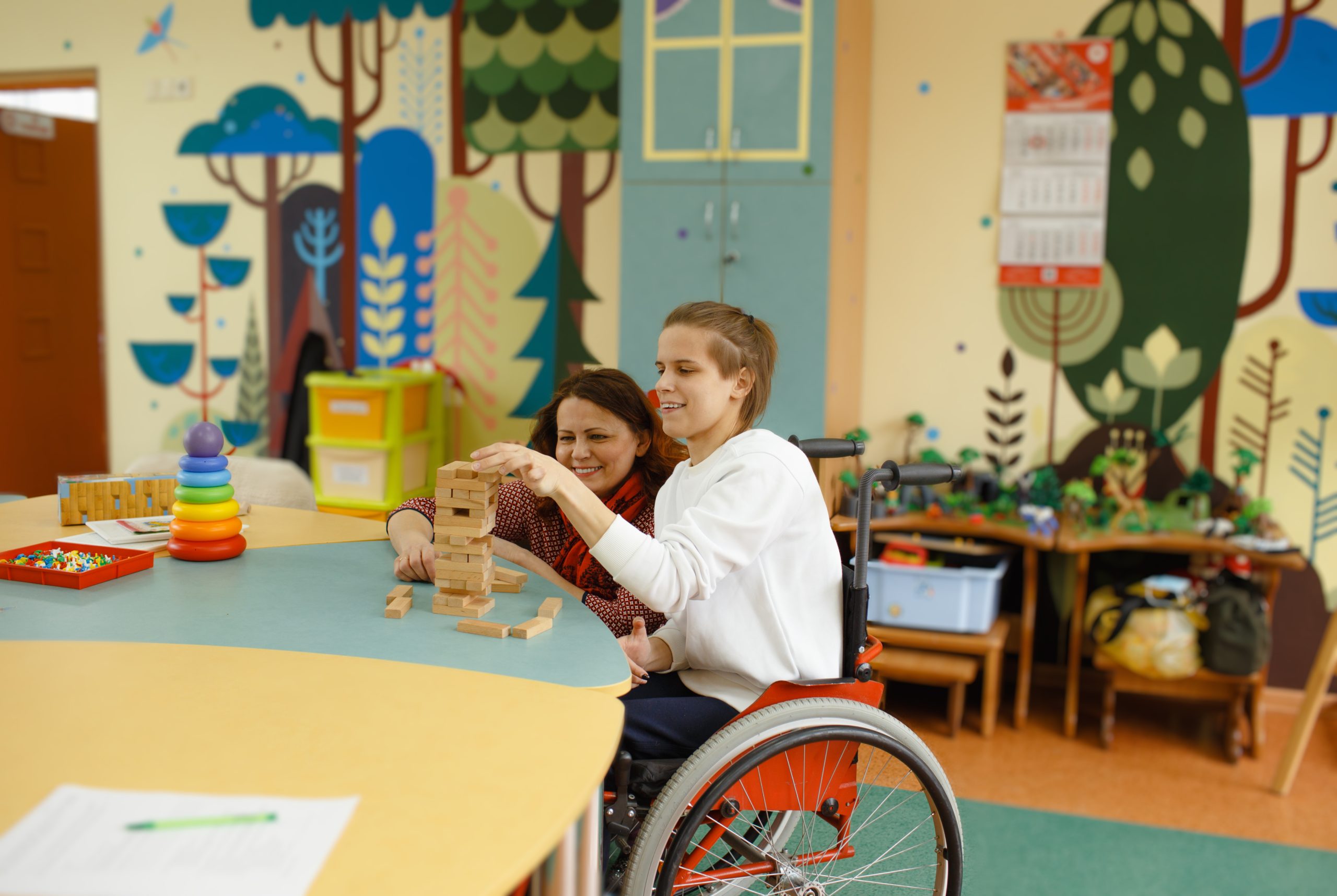World Autism Day marks the start of World Autism Acceptance Week. This is an important time to highlight the experiences of autistic children in the educational system. Creating inclusive learning environments for all students, including those with autism spectrum disorder (ASD), is crucial. Schools should play a vital role in nurturing the potential of every child, regardless of their neurodiversity. This blog explores the considerations and adjustments that schools need to make to support autistic children.
Understanding Autism Spectrum Disorder:
Autism Spectrum Disorder (ASD) is a developmental condition that affects how individuals perceive the world and interact with others. Each autistic person is unique, with their own strengths, challenges, and preferences. Some common characteristics of autism include difficulty with social communication, sensory sensitivities, and repetitive behaviours. Understanding these traits is fundamental to creating an inclusive environment in schools.






